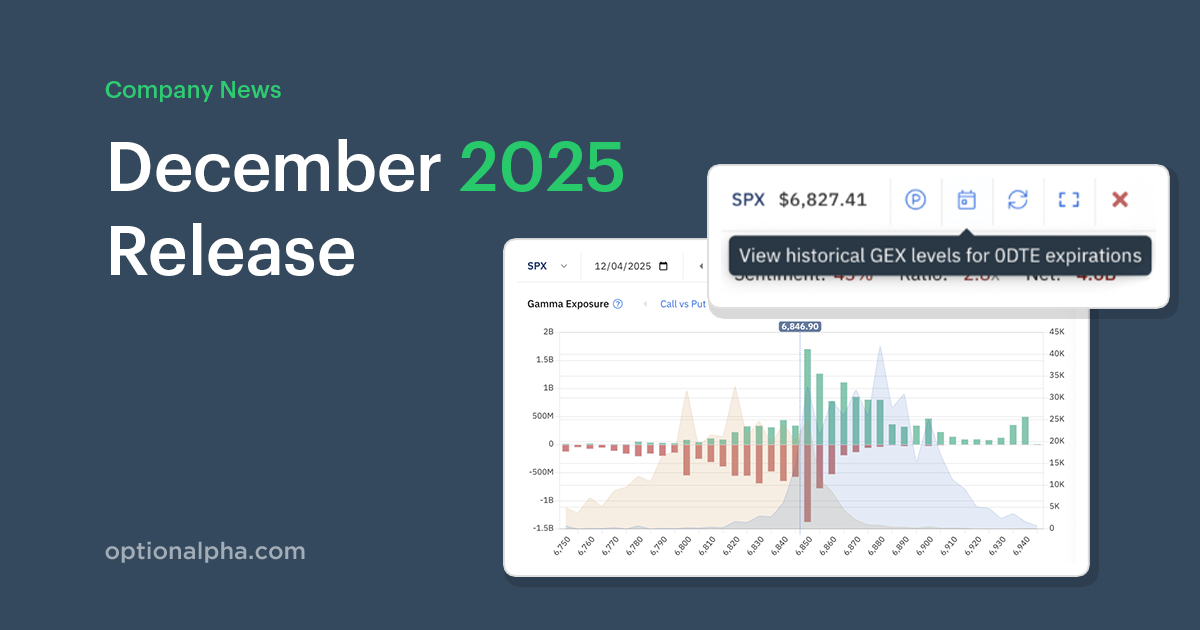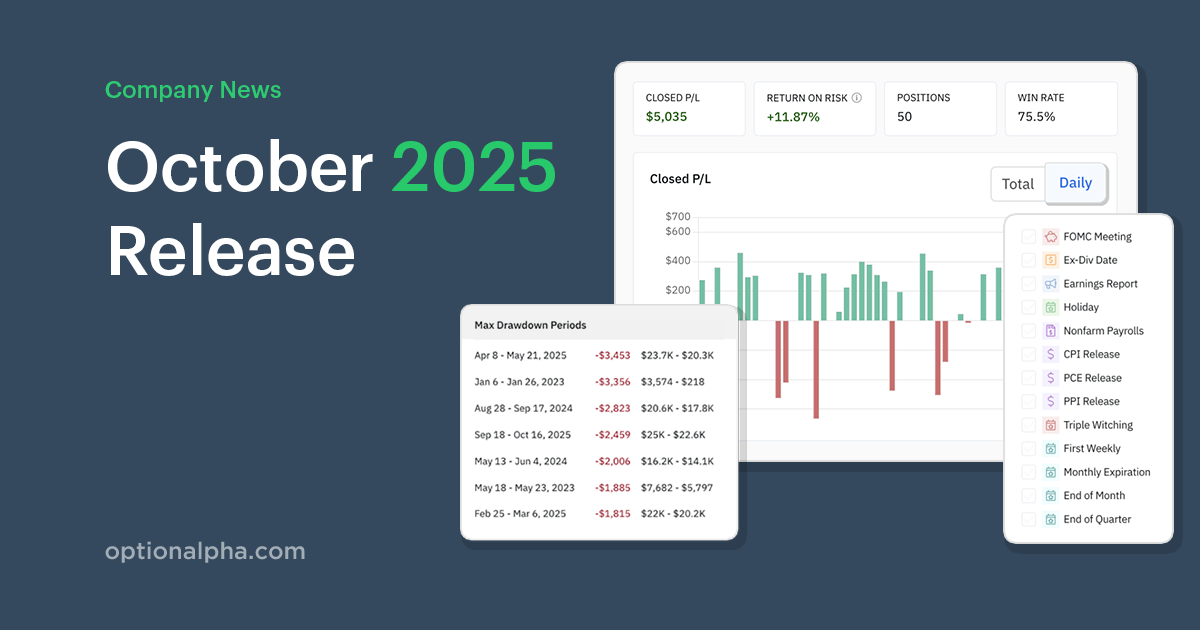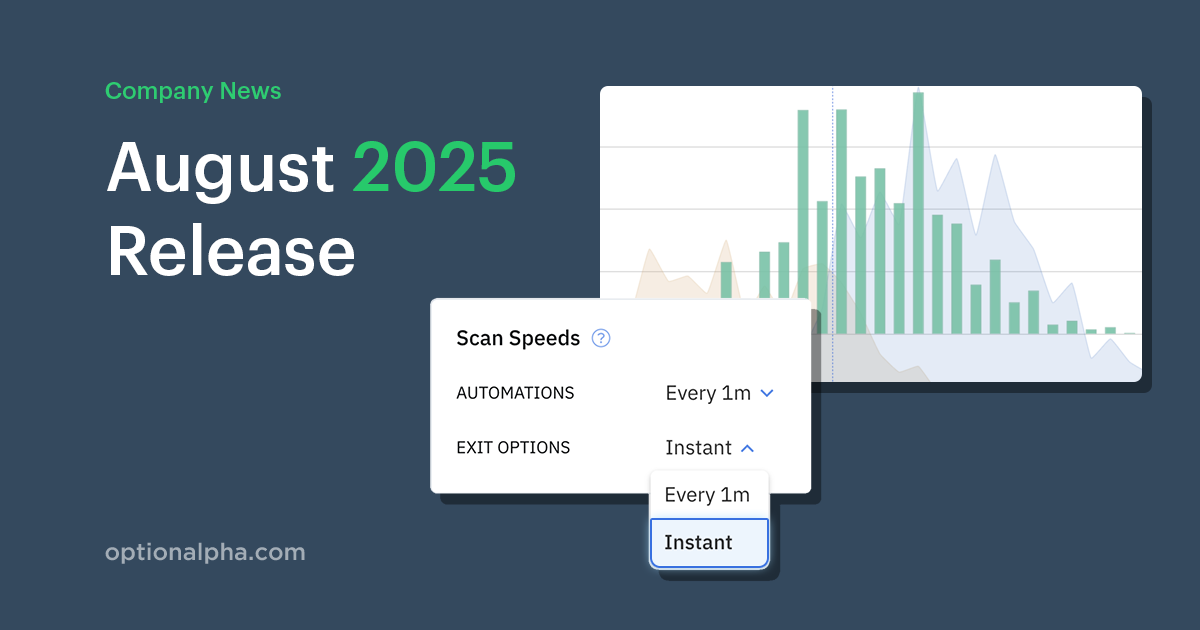About seven years ago, Andreas Clenow responded to a question on Quora with a thought-provoking one-liner: “Automated does not mean unattended.” Clenow was responding to the question: “How possible is it to create a fully automated trading system?” His full response can be found here, but some excerpts follow:
“Automated does not mean unattended. Even with fully automated systems, you watch them all day and constantly look for improvements, potential problems and tweaks….There is a multi-billion dollar industry around algorithmic trading, much of which could be said to be fully automated. In reality of course, automation has its limits. The idea of individuals sitting at home, constructing magical trading systems on their spare time which would allow them to sit on the beach all day while their home computer harvests money, is a myth created by all the vultures selling junk trading systems and 'mentoring' to the unsuspecting retail segment….The problem that makes most fail at automated trading is that they aim for the impossible. They buy the myth about triple digits compound returns and other silly things that cynical snake oil salesmen try to push….Aim for low digits compounded returns over time and you'll have a much greater chance at success.”
I agree with many of these sentiments. Especially considering the response was seven years ago. Trading costs were considerably higher and technological improvements had not yet reached retail traders’ hands.
Misconceptions surround automated trading and a heavy dose of skepticism follows automation because of the experiences of so many over the last decade or two.
Automation does not bring with it a guaranteed edge, superior performance, and a nomadic lifestyle funded by your unattended trading system.
There are, however, real benefits to automation that should not be overlooked, and automation as a tool for portfolio management can check many boxes for traders.
What Automated Doesn’t Mean
Automated does not mean inactive. The process of building an automated system has become incredibly simplified with the automated trading platform. But, the building process for an automated system does not start with no-code automation. The building process starts with a sound strategy. Further, while you are delegating trading tasks to the automated system, you are not delegating the development and improvement aspects of trading.
Think of the player-coach dynamic. The system builder is the coach and the automated strategies (bots) are the players. The coach evaluates the situation and instructs the players to execute the game plan accordingly. Coaches do not call the same play for every situation, and coaches who do not improve their team from season to season do not have long tenures.
Automated does not mean set it and forget it nor does it mean you have to tinker all the time with your decisions. Many processes are automated, time-saving, and efficient, but still have managers and operators to assign usage parameters. Automated trading is no different. So, what does automation mean?
What Does Automated Mean?
Automated means you don’t have to focus on the mundane. Cancel and replace. Change limit orders one or two or three cents at a time to get orders filled. Enter good-til-canceled orders after every trade entry. Scanning for breakouts, crossovers, RSI levels, percentage changes, and other strategy inputs are delegated so you can focus on the higher-level aspects of trading.
Automation is an opportunity for efficiency--both in time management and delegating the tasks computers were made for, such as computation, repetition, and information processing.
Automated means you can focus on tasks that can’t be delegated. While order entry is an important part of trading performance and every penny saved by good order fills adds to the bottom line, order adjustments can be delegated. If you exit similar position types the same way (think position types like vertical spreads, iron condors, or stock positions in a trend-following system), you can delegate position management to monitor automations. Determining the criteria for entry, exit, adjustment, hedging, and overall portfolio allocation are tasks worthy of spending your time and energy.
Automation tools free you to focus on the strategic aspects of trading with the goal of constant improvement. With risk management parameters such as position size and position counts automated, you can focus on deciding when to hedge or when to adjust positions. Under what market conditions does a particular strategy perform best? What strategies are performing best in the current market environment and warrant increased capital allocation?
You can focus on the criteria for filtering positions and not the actual filtering of positions. You can focus on allocating capital between strategies and not the execution of orders within the strategies. You can rise above the day-to-day trading activities and spend more of your valuable time on the strategic side that commands and deserves your attention.
Final Thoughts
In the business world, the focus is on deploying resources for their highest and best use. Good managers continuously seek to answer the question, “Where can your resources generate the most value?” Businesses invest considerably in equipment and talented professionals with the aim of maximizing shareholder value.
Benjamin Graham said, “Investment is most intelligent when it is most businesslike.” Treat your trading as the business venture that it is. Your trading capital should be treated no differently or less business-like than the capital that funds a manufacturing facility, restaurant, or store. Where are you expending your trading resources? Is it in the mundane and repetitive, or is it in the strategic and thought-provoking?
Automated does not mean unattended. To me, automated means the freedom to focus on the highest and best use of my time.




.png)









